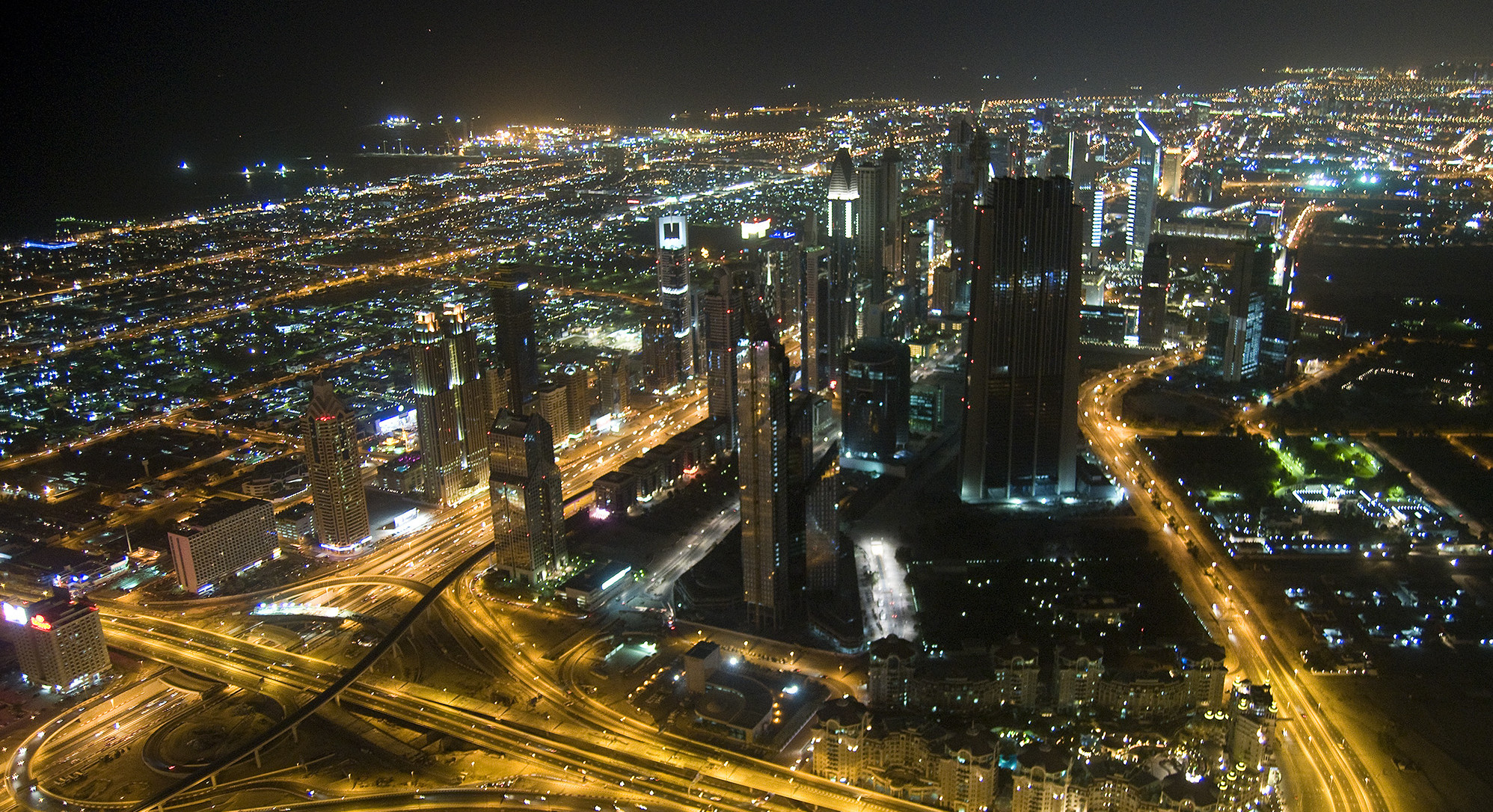Shockingly, Beverly Hills is no longer the place plastic surgeons want to be. That dubious honor instead goes to Dubai, the young cosmopolis that is becoming the hottest plastic surgery market in the world. In Dubai, there are a whopping 56 plastic surgeons per 1 million citizens, compared to 20 in the United States and 23 in Brazil. In a country where clothing is expected to cover the majority of the body, it is puzzling that this particular medical sector is flourishing. And while this puzzle has no singular solution, multiple factors come into play: the ascent of domestic demand, helpful government policy and geopolitical tremors throughout the region.
Plastic surgeons have become highly cognizant of the colossal growth in the Dubai market. “If you think about 20 years ago, nobody in the world [had] heard about Dubai. And today there is not a person in the world that hasn’t heard about it,” says Dr. Luiz Toledo, a Brazilian plastic surgeon who moved his practice to Dubai a decade ago. Since 2009, celebrity surgeons like Dr. Toledo and Beverly Hills’ Dr. Jason Diamond have traveled with increasing frequency to the jewel of the United Arab Emirates (UAE) in response to the massive demand for their expertise, bringing along other notable and successful contemporaries. “Every time I go, I don’t even sit down,” Dr. Diamond says. “I’m running around from 7 am until midnight. The demand is literally out the door.” The membership of the Emirates Plastic Surgery Society has jumped from 60 in 2006 to 150 this year.
A significant part of the demand for cosmetic surgery is homegrown, or at least imported from close by. With expats, migrant workers and business residents of 200 different nationalities calling the Emirati city home, Dubai’s plastic surgeons have a colorful palette of patients willing to go under the knife. “Last year, I saw patients from 73 nationalities…a record,” says Dr. Toledo. Though patients come from as far as Africa and Eastern Europe, the majority, he says, come from the Gulf countries, with many hailing from Saudi Arabia. It’s common for Middle Eastern women to arrive at a Dubai plastic surgery clinic demanding Angelina Jolie’s lips or Kim Kardashian’s nose. Evidently, the region has not been exempt from the pressure to conform to beauty standards universalized through the widespread popularity of Western culture. “They have very similar beauty ideals to what we have here based on the Hollywood influence,” says Dr. Diamond, describing cosmetic demands of his Middle Eastern patients. “That was a really big shock to me.”
Though organic upticks in domestic demand have been vital to the growth of Dubai’s skin-dicing trade, government policy has played a part as well. The emirate, in accordance with the rest of the UAE, has no income tax on earnings, making it particularly appealing for surgeons looking to capitalize on their gains overseas. In addition to being an attractive market for surgeons, Dubai is also economically appealing to the consumers in the industry. To take full advantage of the thriving medical tourism sector, the city has rolled out three-month renewable visas specifically catered to medical tourists — many of whom are traveling for cosmetic surgery — and their companions. This policy is part of a larger campaign to brand Dubai as the preeminent center for plastic surgery in the Middle East. Dubai intends to pursue this prosperous status as a medical tourism hub by targeting half a million health and wellness visitors by 2020 and hopes to grow the economy fourfold in revenues from this sector alone.
The soaring numbers of and international interest in Dubai’s plastic surgery clinics also reflect shifting geopolitical sands. International demand for cosmetic surgery used to be dispersed among facilities in Lebanon, South Korea and the United States. This change in consumer patterns has mainly occurred at the expense of Beirut’s status as the most popular destination for wealthy Middle Easterners to be nipped and tucked. Due to regional conflict, Beirut’s predominance as a medical tourism destination has declined, given that medical tourists often prioritize safety. Dr. Sami Saad, the National Secretary for the International Society of Aesthetic Plastic Surgery in Lebanon, has said that business in Beirut has dropped by about 30 to 40 percent.

The influx in demand for plastic surgery and cosmetic operations has been a boon for Dubai’s economy. These operations are the second-largest contributor to Dubai’s blossoming medical tourism sector, ranking only behind cancer and oncology treatments. According to the Dubai Health Authority (DHA), in 2012, medical tourists made up 8.7 percent of the health sector’s total revenue. The founder of the Dubai plastic surgery consultancy, Vasilica Aesthetics, adds that the city’s healthcare market is expected to grow 11.4 percent over the next two years.
These developments make Dubai’s future seem bright and prosperous. In 2013, according to the DHA, around 120,000 medical tourists visited Dubai, generating $200 million in revenue — a 12 percent increase from 2012. In 2014, the number of medical tourists jumped to 135,000, and that figure is projected to exceed 150,000 by the end of this year. Furthermore, the number of medical tourists visiting Dubai exclusively for cosmetic treatment purposes is expected to double in 2015, and revenue from medical tourism is predicted to increase to $299.5 million in 2016. By 2020, when an estimated half-million medical tourists will visit the city, this number may even reach a remarkable $708 million.
Despite contemporary criticism of universal beauty standards, the intersection of political and economic pull factors has been incredibly powerful. Dubai is the new global giant in the plastic surgery business, and perhaps Kevin Sands, the Kardashians’ cosmetic dentist, said it best: “It’s a gold mine.”
